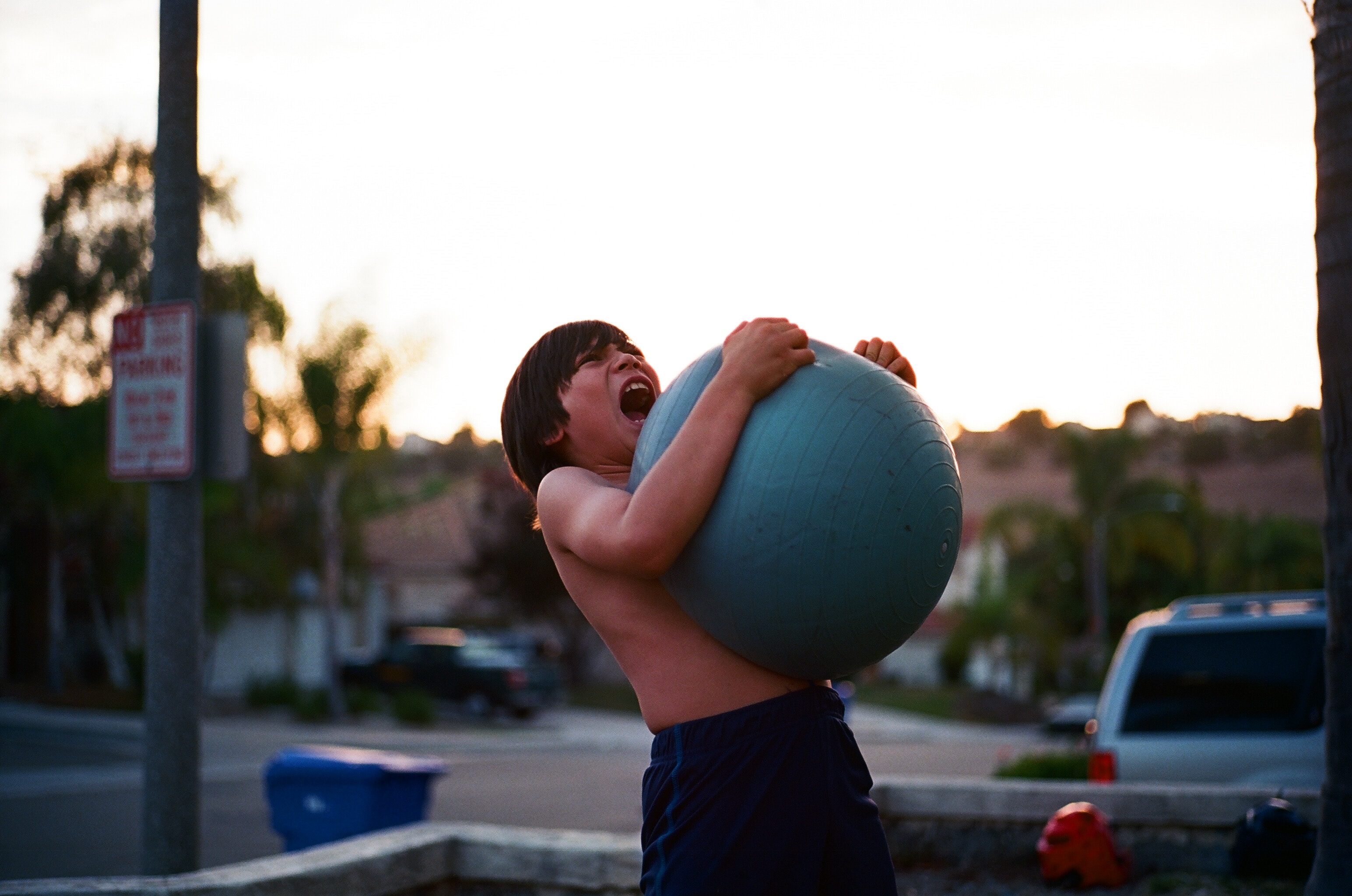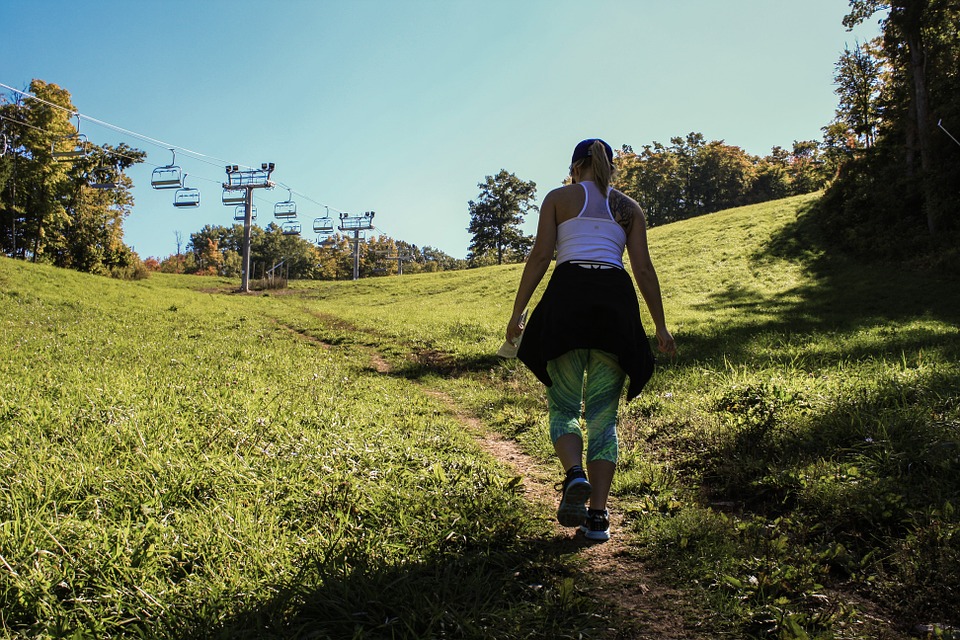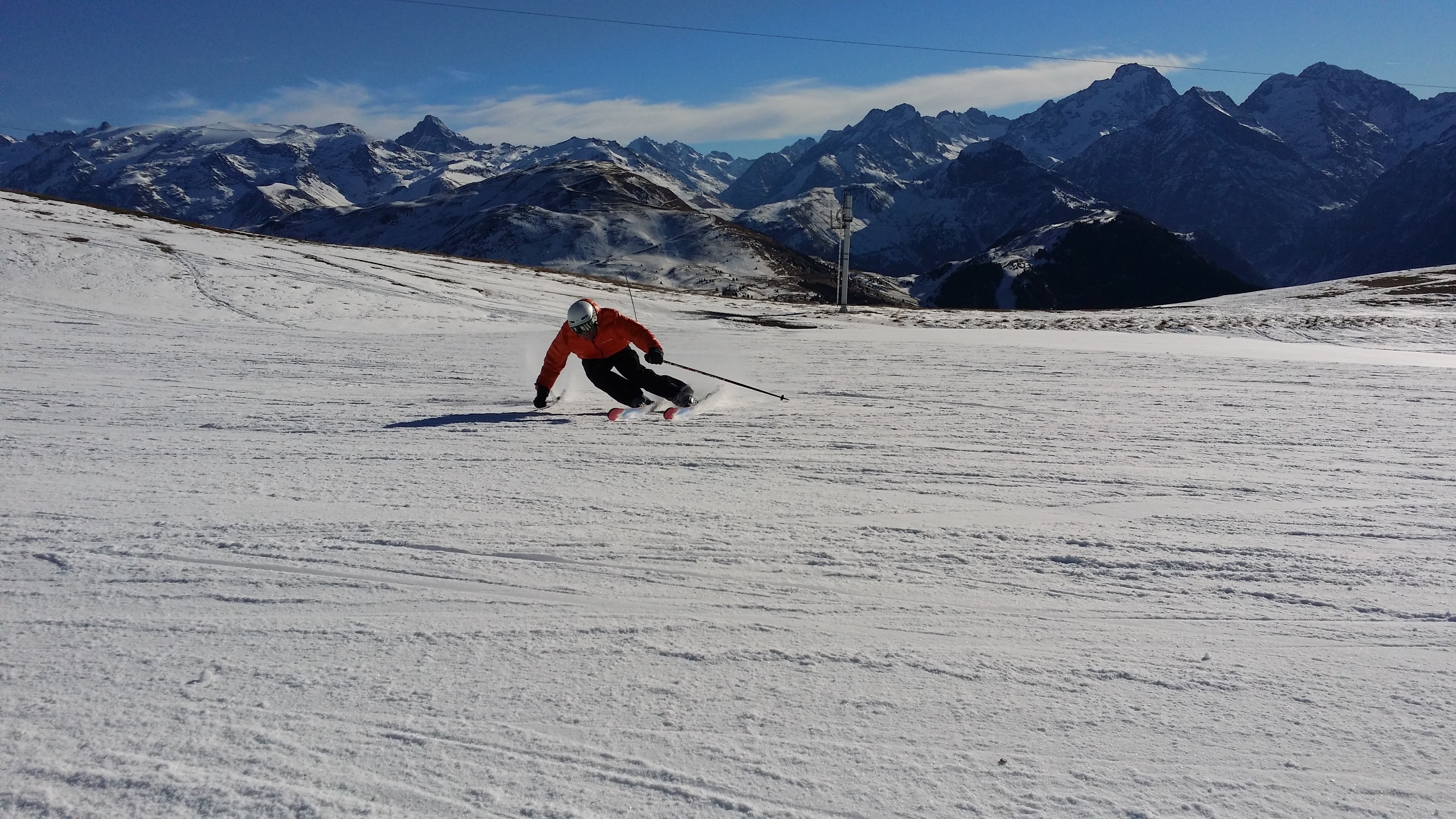
Overtraining is sometimes difficult to diagnose. However, there are signs and symptoms that can help you determine whether you should take a break.
You’re at the gym working out and for the third time in a row, you’re having difficulty finishing your usual exercises. You chalk it up to simply being tired – after all, you haven’t been sleeping well that last few nights. You’re also noticing that you hurt a little bit more than usual. However, you just keep telling yourself, “No pain, no gain.” So you continue day after day, pushing yourself to your limits and yet your performance is going downhill. Training overall is becoming less enjoyable and you dread each and every workout. You start to think that perhaps you should just ease up and take a rest, but you’re too fearful that you’ll suffer a setback. Meanwhile, you’re setting yourself up for a major setback – overtraining, which is a leading cause of injury.
What Is Overtraining?
Overtraining is extremely hard to diagnose, especially in the early stages. After all, it’s hard to differentiate between simple tiredness and true exhaustion from pushing yourself too hard. Simply put, overtraining is pushing yourself too hard without the necessary recovery time. Too much stress + not enough recovery time = overtraining.
Common Signs & Symptoms Of Overtraining
Overtraining is sometimes hard to diagnose, especially without the help of a trainer or sports medicine professional. However, there are signs that present themselves that can help you determine whether you need to take a rest.
- Fatigue is the hardest symptom to find. It’s hard to determine whether you’re tired from life, lack of sleep, or too much exercise. However, if you’re more tired than you should be, i.e. you’re getting enough sleep and yet can’t get out of bed in the morning, then it could be a sign you’re exercising too much.
- Elevated heart rate or a racing heart is a big sign of overtraining. This will happen especially in the morning when you’re heart rate should be the lowest.
- You’re sick – all the time. If you’re constantly getting sick, chances are you’re not giving your body enough time to recover. Decreased immunity is a big symptom of overtraining.
- Your performance is down and strength is waning. If you’re finding it difficult to make it through a normal workout or practice, then it’s time to take a step back to see if you’re pushing yourself too hard.
- Insomnia may be the cause of your exhaustion during the day. Having difficulty sleeping or having a restful sleep means your body isn’t getting the needed recovery time between workouts.
- Emotional instability is another sign of overtraining. Feeling sad or depressed or having emotional outbursts is a sign of being overly tired, which could be an indication of exercising too much.
- Extended soreness all over the body, in either the muscles or joints, indicates not enough recovery time. Soreness is a typical sign of pushing your limits, but if it doesn’t go away within a couple of days, you need to take a break.
Exercising Is A Balancing Act
Too little exercise can lead to being overweight and having cardiovascular problems, while too much exercise has a whole set of other health problems. Exercising affects us mentally, physically, and emotionally. If done correctly, it has a positive effect on our minds and bodies. However, if done incorrectly, it could have detrimental effects, leading to injury, and even mental and emotional instability. It can even lead to fatal health problems, such as a condition known as rhabdo.
When training or exercising, whether you’re an athlete or simply staying fit, it’s important to make sure you don’t have any of these signs or symptoms of overtraining.





